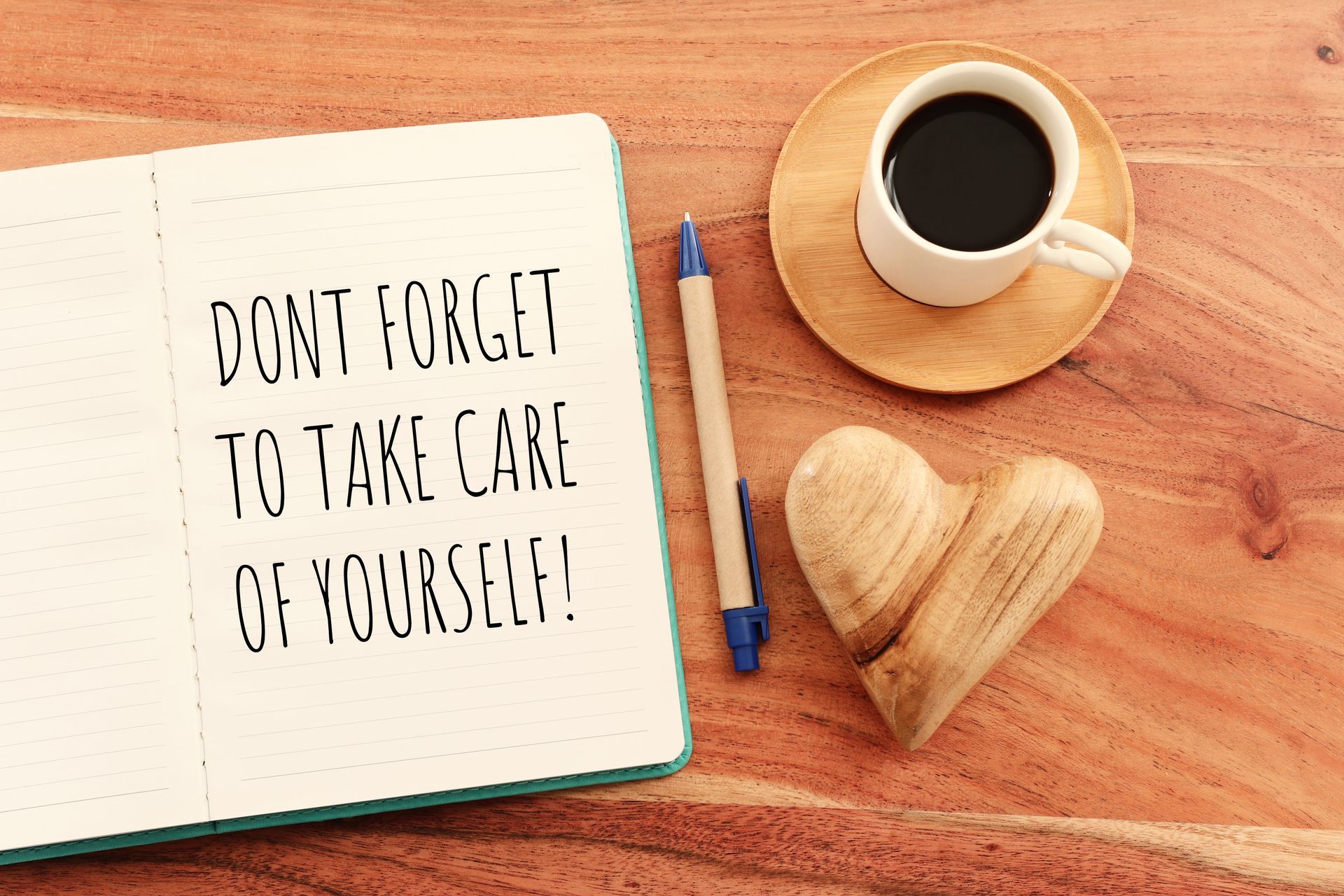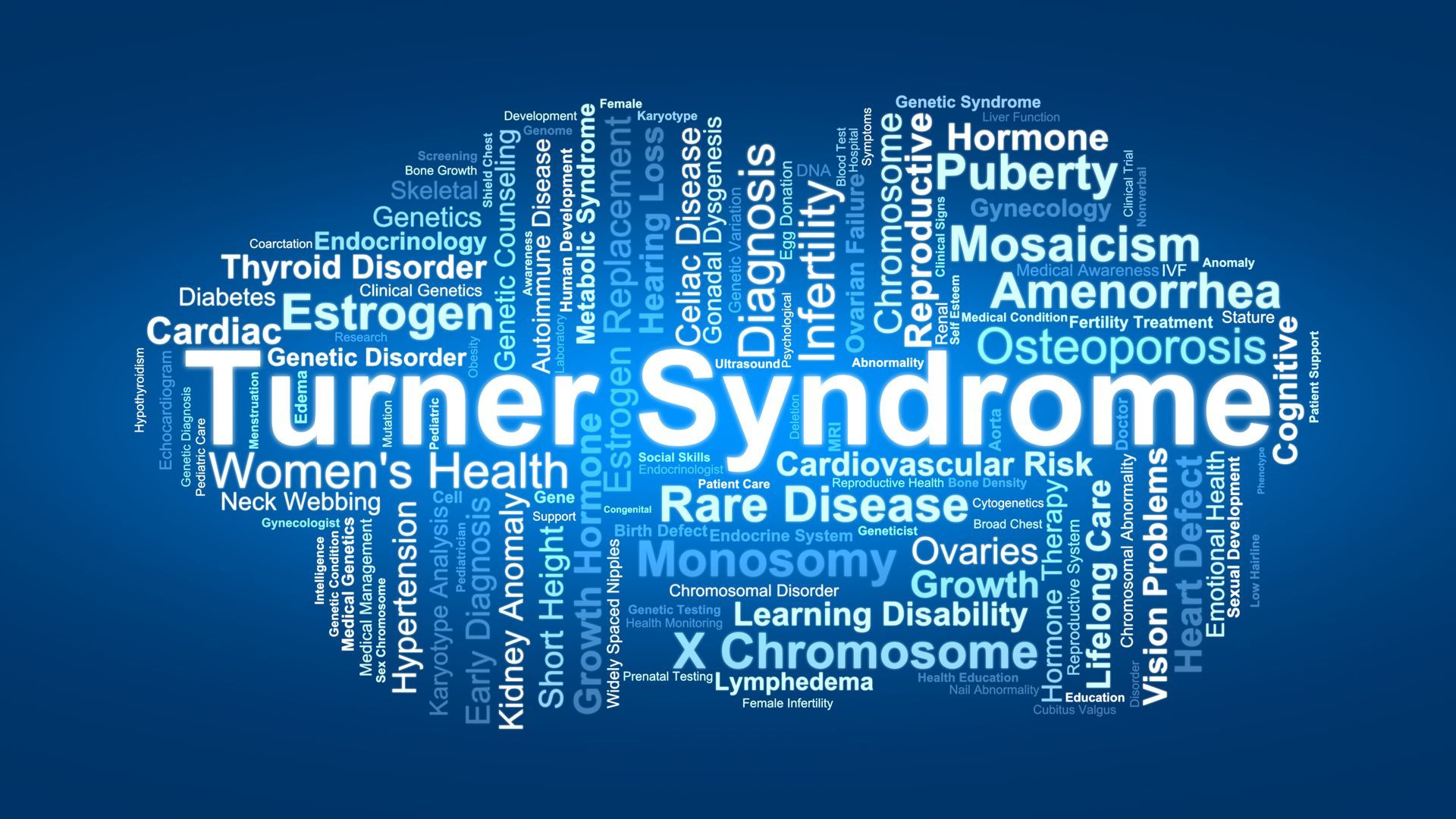What Australia’s social media ban could mean for kids with disability and neurodivergence

In 2024, the
Australian Government passed new legislation that will require social media platforms to take reasonable steps to prevent children under 16 from creating or maintaining accounts. The Online Safety Amendment (Social Media Minimum Age) Act will come into effect on 10 December 2025, and platforms that fail to comply could face penalties of up to $49.5 million.
The government says the move aims to protect children from online harms such as cyberbullying, exposure to explicit content, and addictive algorithmic design. It’s a well-intentioned step towards safer online spaces, but for many young people with disability or neurodivergent traits, this ban could have serious unintended consequences.
More than just an app: why social media matters for connection
For children and teens with disability, social media can be more than entertainment; it’s often a lifeline. Online communities provide access to peer connection, advocacy spaces, and platforms for self-expression, particularly for those who experience social or physical barriers in offline settings.
The
ABC recently reported that disability advocates fear the ban will “cut off a lifeline” for young people who rely on digital platforms to connect with others who understand their lived experiences. For some, these are the only spaces where they feel seen, heard, and safe to be themselves.
The
Children and Young People with Disability Australia (CYDA) echoed these concerns, highlighting that young people with disability are already at higher risk of social isolation and that removing online connection could deepen that divide.
The risk of isolation and exclusion
Offline participation can be challenging for many young people with disability or neurodivergence due to accessibility barriers, sensory sensitivities, or anxiety. For these individuals, online environments can offer a controlled, customisable way to engage socially and emotionally.
Removing that outlet may not only heighten feelings of isolation but could also lead to reduced self-esteem and mental health impacts. The
UNSW Digital Child Research Centre warned that cutting off digital connection without offering safe, inclusive alternatives could “worsen mental health outcomes” for those who already face barriers to belonging.
Expression, identity and advocacy
For neurodivergent youth, social media can also serve as an important space for identity exploration and self-advocacy. Online platforms allow them to share experiences, raise awareness, and connect with mentors or role models.
In an article by
WhyNot Australia, a neurodivergent teen expressed concern that the ban could silence young voices who use digital spaces to express their authentic selves. “I’ve found people online who understand my brain when people at school don’t,” they said. “If that’s taken away, I lose part of who I am.”
By applying a blanket restriction, the policy risks excluding those whose participation in online communities is not simply recreational, but developmental and therapeutic.
Safety versus inclusion
It’s important to acknowledge the government’s intent. The risks of unregulated online spaces are real—exposure to predators, misinformation, and harmful content has long been documented. But safety and inclusion shouldn’t be mutually exclusive.
Advocates such as
Advocacy for Inclusion argue that a one-size-fits-all approach may not be equitable. Instead, they suggest a model that includes exceptions or moderated access for vulnerable youth, alongside stronger digital literacy programs and family-guided online use.
A path forward
As policymakers finalise the rollout of the ban, consultation with disability and neurodivergent communities will be critical. The goal of online safety must extend beyond protection from harm, it must include equitable access to connection, communication, and self-expression.
Some ideas proposed by advocates include:
- Safe-mode social platforms: verified, moderated access for under-16s with additional accessibility and privacy features
- Inclusion-based exemptions: allowing case-by-case access where social platforms serve therapeutic or developmental purposes
- Education over exclusion: teaching young people, families, and educators how to use social media safely, instead of removing it entirely
Why this matters
Digital connection is not a luxury; for many young people with disability, it’s a bridge to inclusion. By removing this access without inclusive alternatives, we risk deepening isolation and undoing years of progress towards digital accessibility and participation.
As
CYDA put it, “young people with disability are experts in their own lives.” They deserve a say in how safety is defined and achieved.
At helpz, we believe in promoting inclusion across every environment, online and offline. As this policy develops, it’s important that we keep the voices and safety of young people with disability and neurodivergence at the centre of the conversation.
References
- Prime Minister’s Office – Social Media Reforms to Protect Our Kids Online
- ABC News – Disability Community Fears Isolation Under Social Media Ban
- Children and Young People with Disability Australia (CYDA)
- UNSW Digital Child Research Centre
- WhyNot Australia – Social Media Ban: Neurodivergent Young People Weigh In
- Advocacy for Inclusion – Social Media Ban Risks Isolation for Disabled Youth
News & Insights
Check Our Latest Resources







